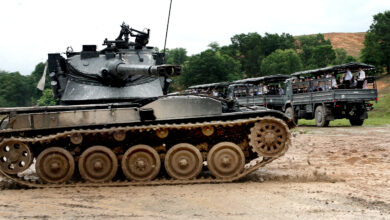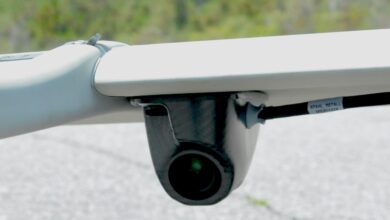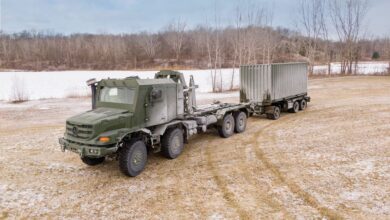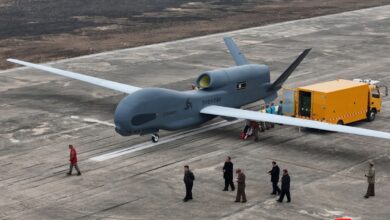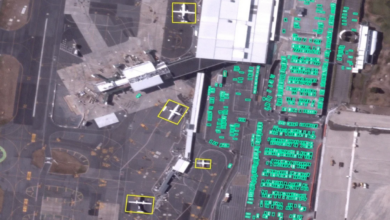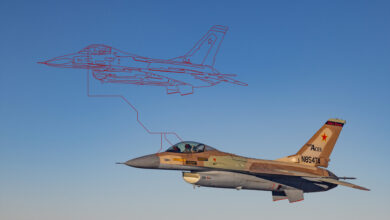German Consortium Releases AI Backbone for Future Combat Air System
A consortium of German firms announced the first release of an AI infrastructure for the Future Combat Air System (FCAS) program.
It took just nine months for the consortium to achieve the milestone after being contracted by the German armament procurement agency.
The consortium comprises Helsing, IBM Deutschland, and Schonhofer Sales and Engineering, a fully owned subsidiary of Rohde & Schwarz.
The second release is expected in November with additional capability components and standardized, collaborative AI workflows in highly sensitive environments.
AI Backbone
The released infrastructure is the first software platform that enables “collaborative AI workflows across organizations in the military sector,” according to Schonhofer.
“As a customer-side solution, the platform ensures standardized procedures and open, interoperable architectures.”
The system’s open architecture and transparent deployment enable seamless integration of capabilities, providing more flexible and efficient operations.
Additionally, it creates a centralized platform ensuring data security and sovereignty of the users.
Future Combat Air System
The FCAS is a European next-generation aircraft project comprising France, Germany, and Spain.
A sixth-generation aircraft is the project’s centerpiece, featuring advanced avionics, armaments, and associated unmanned aerial systems.
AI is a critical component of the project for a range of tasks including sensor data evaluation, mission planning, and effectors deployment, ensuring precision, speed, and effectiveness.
“The use of AI will be critical to FCAS air superiority. AI accelerates the evaluation of sensor data, the planning of missions and the use of effectors,” Schonhofer managing director Frank Schrudde explained.
“As an innovative, long-standing partner of the Bundeswehr, we bring vigor to the research landscape. We are proud to have brought the agility of a medium-sized company to the project in collaboration with our partners. We were able to deploy the first demonstrator in an extremely short time of 9 months.”



